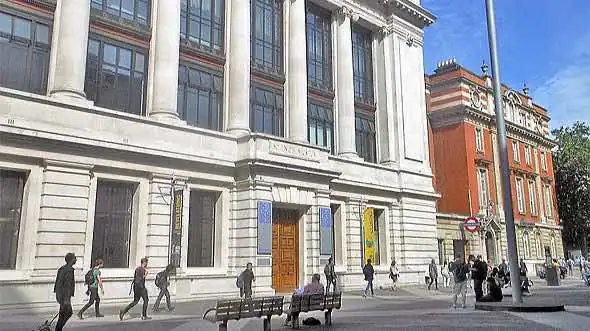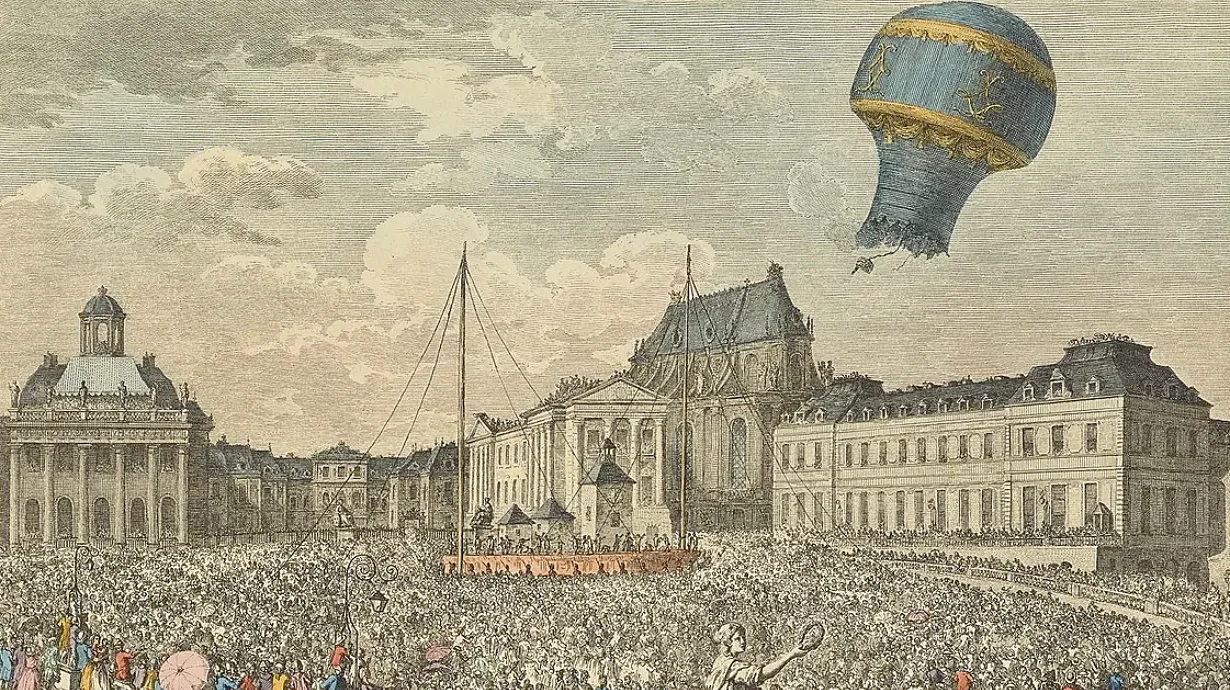 Photo: sciencemuseum.org.uk
Photo: sciencemuseum.org.ukThe Science Museum will be exploring how the Palace of Versailles used science as a tool of power to enhance France's prestige and extend its influence abroad.
Famed for its opulent architecture, artwork and furnishings, the palace has been everything from a French royal residence to a sporting venue in the 2024 Olympics. But during 17th and 18th centuries it was also a major site of scientific thinking.
The exhibition will transport visitors back in time to the Royal courts of Louis XIV, Louis XV and Louis XVI to see over 100 treasures that highlight the relationship between science and power.
Amongst the remarkable objects on display are Louis XV's rhinoceros - kept in the menagerie from 1770 and stuffed in 1793 - a scalpel that once operated on the Sun King, a mechanical clock that evoked the creation of the world, and an amazingly detailed map of the moon by Jean-Dominique Cassini.
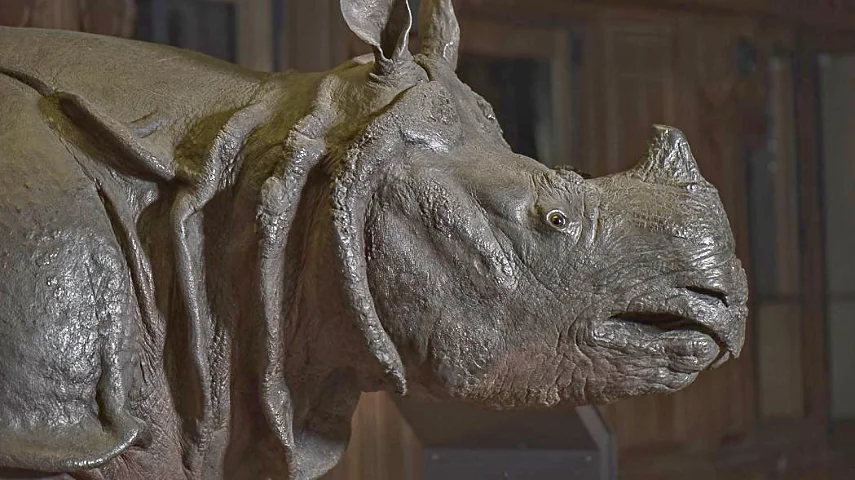 Photo: Agnes Iatzoura, MNHN
Photo: Agnes Iatzoura, MNHN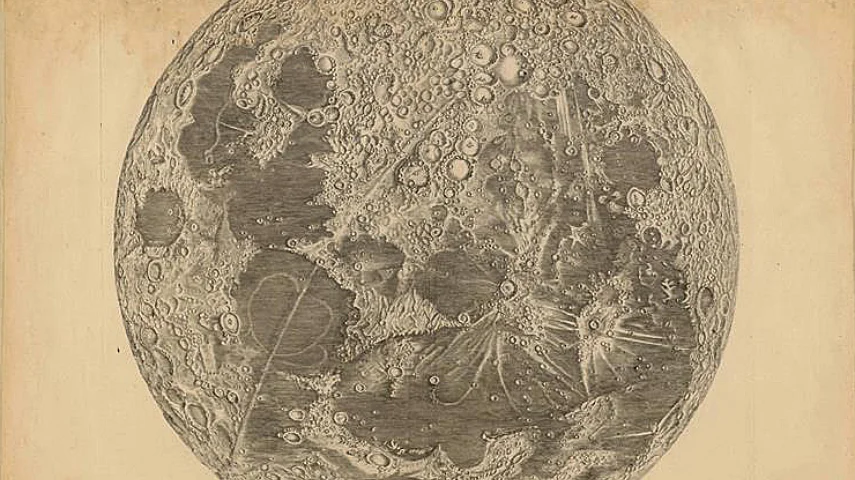 Photo: Observatoire de Paris
Photo: Observatoire de ParisVisitors will also be introduced to significant figures who contributed to the pursuit of knowledge at the Palace, including the pioneering midwife Madame du Coudray and the eminent physicist Emilie du Chatelet. Some of the medical advances were even supported by the Royal family themselves - like Louis XVI who volunteered to be inoculated against smallpox as soon as he ascended the throne.
How to get to the Science Museum
| Fare zone | Cash | Oyster & Contactless | Travelcard | ||||
|---|---|---|---|---|---|---|---|
| Single fare | Single fare | Daily cap | One day | ||||
| Peak | Off-peak | Peak | Off-peak | Anytime | Off-peak | ||
| Bus (all zones) | n/a | £1.75 | £5.25 | £6 | |||
| Train (zone 1) | £7 | £2.90 | £2.80 | £8.90 | £8.90 | £16.60(zone 1-4) | £16.60(zone 1-6) |
| Train (zone 1-2) | £7 | £3.50 | £2.90 | £8.90 | £8.90 | ||
| Train (zone 1-3) | £7 | £3.80 | £3.10 | £10.50 | £10.50 | ||
| Train (zone 1-4) | £7 | £4.60 | £3.40 | £12.80 | £12.80 | ||
| Train (zone 1-5) | £7 | £5.20 | £3.60 | £15.30 | £15.30 | £23.60(zone 1-6) | |
| Train (zone 1-6) | £7 | £5.80* | £3.80* | £16.30 | £16.30 | ||
| * Journeys between zone 1 and Heathrow are always charged at the peak rate. Prices are correct as of | |||||||
You might be interested in…
Search for more museum exhibitions in London, or look for things to do in South Kensington. Check out all the other events in London today, tomorrow, this weekend and during April




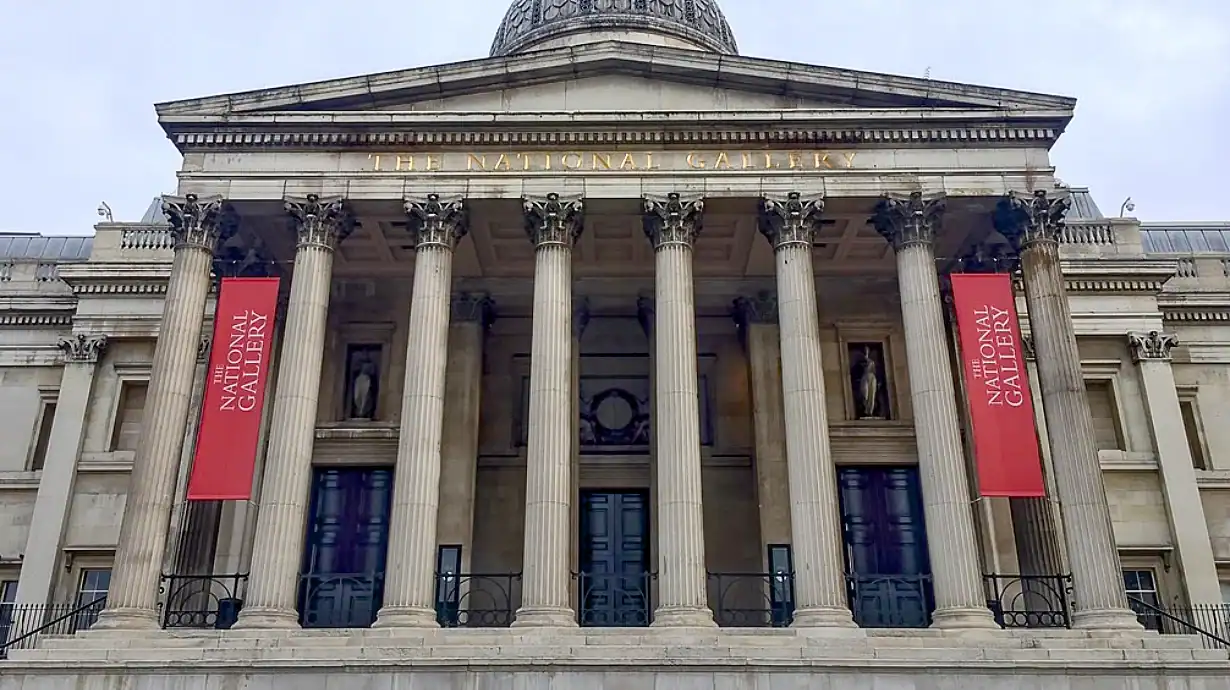
 Twitter
Twitter Facebook
Facebook Bluesky
Bluesky WhatsApp
WhatsApp Email
Email





